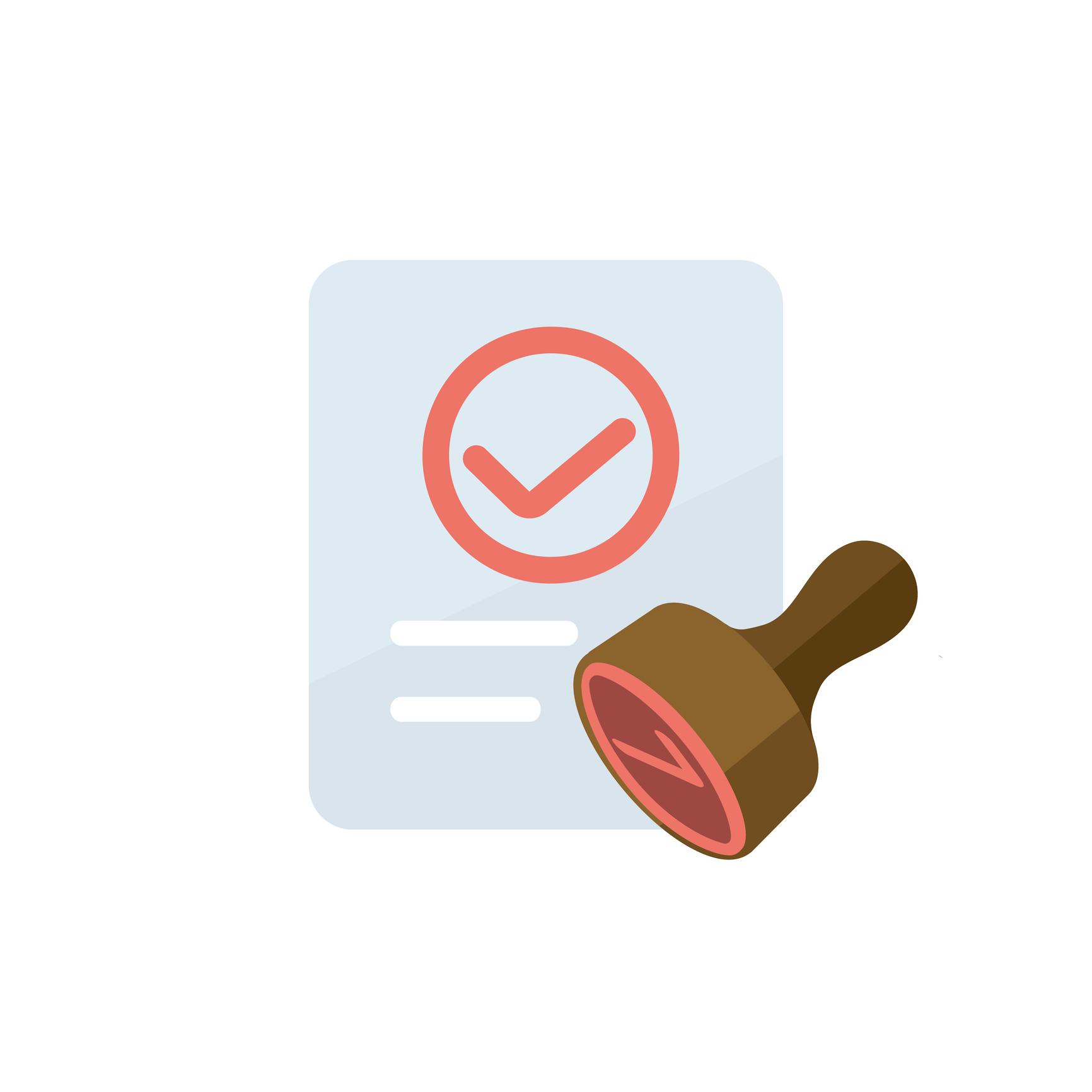Recently, on the IACUC Channel in PRIM&R’s Online Community, there was a discussion about whether to continue annual reviews of animal research protocols now that they’re no longer required by the regulations. Opinions were divided–some believed it best to continue annual reviews, since they are an opportunity for the IACUC to check in on protocols as part of post-approval monitoring, while others believed that they constitute unnecessary regulatory burden. PRIM&R members can join the IACUC Channel, read the thread here, and weigh in with thoughts.
Below, one member of the discussion, Stacy Pritt, expands on her position that the waiver of the requirement for annual review makes for a good time to rethink your post-approval monitoring approach.
 Post-Approval Monitoring (PAM) is a perennial topic of discussion within the IACUC community. While all IACUCs should be conducting some form of post-approval monitoring given current IACUC requirements, there is no mandate for a formal PAM program that operates separate from other, already mandated IACUC activities. For example, conducting semi-annual facility inspections can serve as a type of post-approval monitoring, since animals currently undergoing research as described by approved protocols may be observed, and researchers may provide IACUC representatives with information about how their research is progressing during the inspection process.
Post-Approval Monitoring (PAM) is a perennial topic of discussion within the IACUC community. While all IACUCs should be conducting some form of post-approval monitoring given current IACUC requirements, there is no mandate for a formal PAM program that operates separate from other, already mandated IACUC activities. For example, conducting semi-annual facility inspections can serve as a type of post-approval monitoring, since animals currently undergoing research as described by approved protocols may be observed, and researchers may provide IACUC representatives with information about how their research is progressing during the inspection process.
Up until recently, many animal research programs also utilized the annual review process for post-approval monitoring. Annual reviews had been required for research funded by the Department of Defense (DOD) and for research involving species covered under the Animal Welfare Act. To streamline operations and provide the same level of attention to all animals on research, institutions often conducted annual reviews for all approved research activities. Some institutions even converted the annual review into an annual renewal process.
Incorporating elements of post-approval monitoring into annual reviews was a natural fit. IACUCs could ask principal investigators about the outcomes of procedures described in the protocol and the occurrence of any unanticipated outcomes. They could also inquire about any changes that might be needed to the protocol, such as the addition of new personnel or procedures.
In February, PRIM&R hosted a webinar all about post-approval monitoring, using a case-based exploration of several ways to manage a PAM program: Nurturing a Healthy Post-Approval Monitoring (PAM) Program: A Case-Based Approach.
However, I have always thought of post-approval monitoring as more than asking about what has happened in the past and if anything needs to be added to the protocol. Post-approval monitoring becomes a significant component of an IACUC’s oversight of animal research when it incorporates real-time observations of approved animal research procedures. This type of monitoring is generally considered to be the core of “formal” PAM programs, and is hard to accomplish when annual reviews serve as the main element of post-approval monitoring.
Not all IACUCs have the resources to do real-time observations of approved animal research procedures. Some IACUCs are small or are part of an organizational culture that incorporates numerous checks and balances over animal research performance due to other requirements, such as facilities with independent quality assurance unit monitoring due to their adherence to the UFDA Good Laboratory Animal Practice (GLP) regulations. In this case, leveraging annual reviews can be advantageous for post-approval monitoring, and the PAM program does not need to be formal or encompass additional activities beyond those that an IACUC must conduct.
The concept of the annual review process is now changing. In late 2021, the annual review requirement for approved research activities involving animals covered under the Animal Welfare Act was removed from the regulations. The DOD has now clarified that no separate annual review of protocols is required. The NIH Office of Laboratory Animal Welfare (OLAW) never required annual reviews. Therefore, some IACUCs who previously utilized annual review as a major piece in their PAM portfolio now face losing that option amid programs’ desire to decrease regulatory burden by eliminating annual reviews. IACUCs will most likely transition to only requiring reviews once every three year (as required by OLAW) because that is now consistent with the revised animal welfare regulations.
Where does that leave IACUCs, annual reviews, and post-approval monitoring? I propose that without the effort of the IACUC going into annual reviews, that effort can be redirected into PAM activities that are not associated with protocol review or re-review. Several available resources describe the use of checklists to facilitate PAM, along with real-time observations of animal research procedures by IACUC representatives.
There is flexibility when it comes post-approval monitoring, and every IACUC needs to find what works for them. But, with the change in annual review requirements, IACUCs are now able to critically examine their PAM goals and potentially separate them from the goals of annual reviews.
 Stacy Pritt, DVM, MS, MBA, CPIA, CHRC, ECoP(EAR), DACAW, is the Associate Vice President of Research Support and Regularly Management at the University of Texas Southwestern.
Stacy Pritt, DVM, MS, MBA, CPIA, CHRC, ECoP(EAR), DACAW, is the Associate Vice President of Research Support and Regularly Management at the University of Texas Southwestern.
The IACUC Channel and SBER Network are exclusive member benefits. Become a PRIM&R member so you don’t miss out on these essential conversations!


No comments! Be the first commenter?